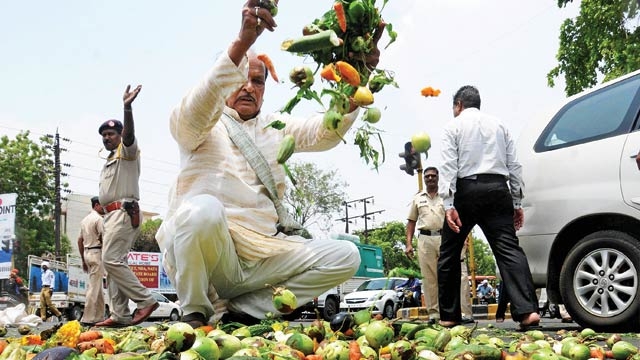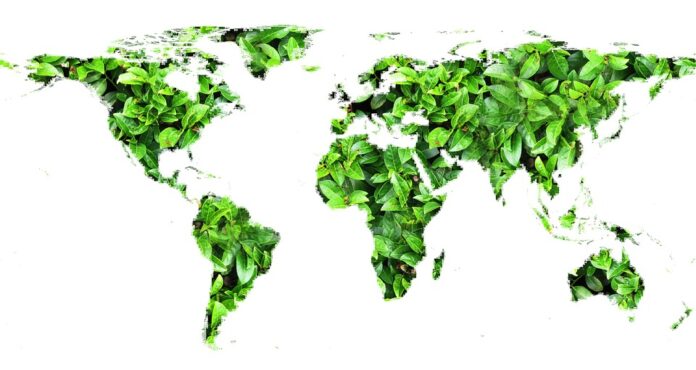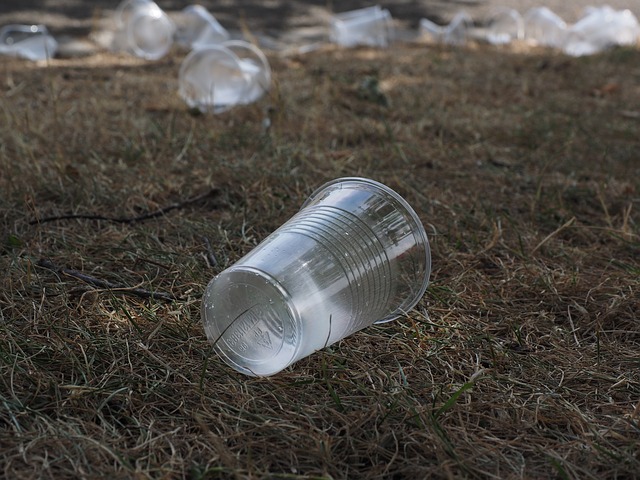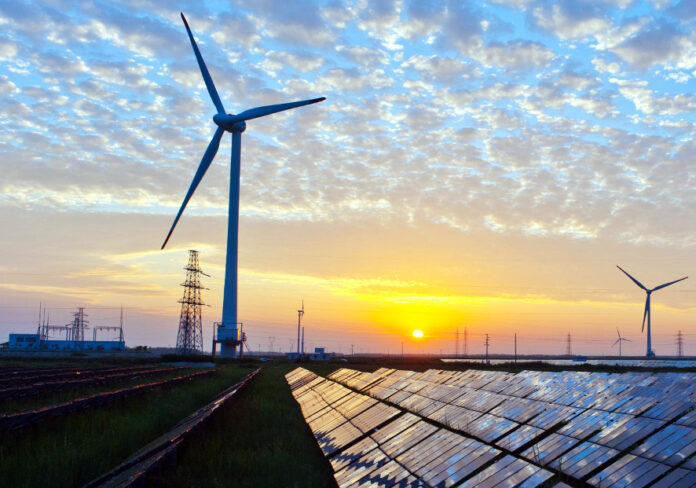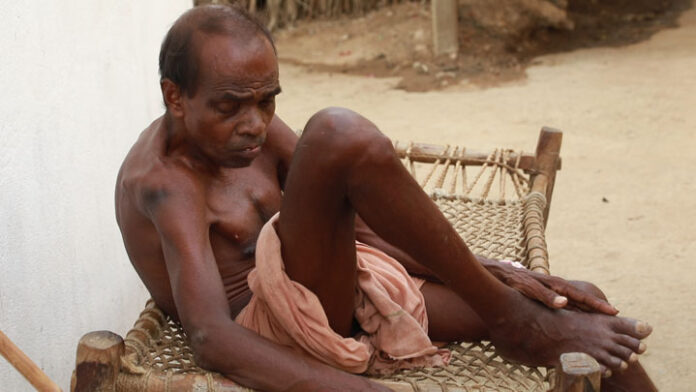It is believed that in the last decade, the world has produced more plastic than it has in the whole century. India alone generates 60% of the world’s plastic waste, which has adverse impacts on the health of our oceans, rivers and marine life. Over the past few weeks, several events and campaigns across the country have highlighted the issue of the irreversible adverse effect of single use-plastics on the environment.
India recently globally hosted the World Environment Day with ‘Beat Plastic Pollution’ as the theme. In continuation to the same, the globe today is celebrating World Ocean day and highlighting the issue of preventing plastic pollution and encouraging solutions for a healthy ocean.
Global trade enabler DP World has become the first company in its sector to join the World Ocean Council (WOC) as part of its leadership journey to actively engage in the protection of the world’s oceans. By becoming a member of the growing international multi-industry alliance on “Corporate Ocean Responsibility” DP World will commence, enhance and advance its responsibility.
The WOC is a global, cross-sectoral business leadership alliance with a network of over 35,000 stakeholders addressing corporate ocean responsibility. Developed by and for the private sector, it addresses issues affecting ocean sustainable development, science and stewardship. It brings together representatives from shipping, oil and gas, tourism, fisheries, aquaculture, mining, renewable energy, ocean technology and financial services sectors. The WOC is a registered not-for-profit organisation in the US, the UK and Europe.
DP World Group Chairman and CEO, Sultan Ahmed Bin Sulayem, said: “We recognise the value and need in establishing partnerships to undertake robust ocean stewardship and combat marine pollution. Our experience and expertise across our network in marine environments will contribute to the alliance and its work in areas such as sustainable ocean development, science and stewardship. The Council will support our commitment to protect the ocean’s natural resources and our intention to become a leader in this area of environmental stewardship which forms part of our sustainability programme, “Our World, Our Future.”
Coming back domestically, according to CPCB (Central Pollution Control Board) data, India generates 15,342 tonnes of plastic waste per day (about 5.6 million tonnes annually), out of which Delhi alone contributes to 690 tonnes daily — making it the largest contributor. Such plastic waste takes too long to decompose, if at all.
Discarded after usage of just few seconds, plastic straws clog our landfills, drains and rivers before making their way into oceans. About eight million tonnes of plastic straws are estimated to enter the marine environment every year and consumed by sea birds, fishes and mammals. They choke the marine life and do not bio-degrade for hundreds of years. New campaigns and initiatives are being launched inorder to raise awareness across all age groups and include everyone to address this menace.
Thank you for reading the story until the very end. We appreciate the time you have given us. In addition, your thoughts and inputs will genuinely make a difference to us. Please do drop in a line and help us do better.
Regards,
The CSR Journal Team



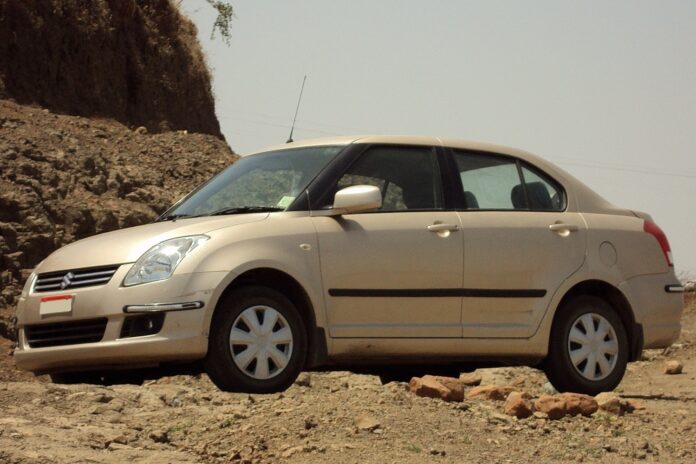
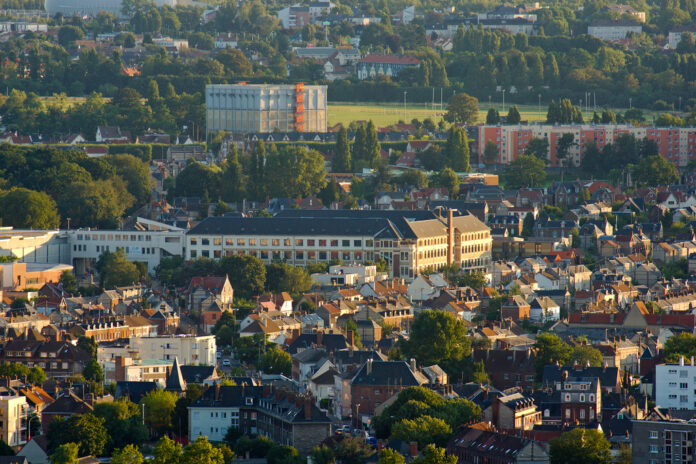

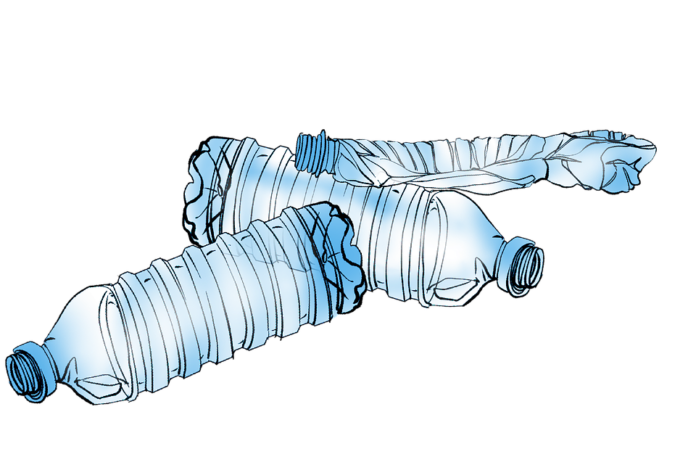
 Anirban Ghosh is the Chief Sustainability Officer at the Mahindra Group. He has been working with Group in Sales, Marketing, and Strategy since 1999 and has been recognised as a distinguished CSO in his current role. A gold medal-winning engineer from Jadavpur University, Calcutta, Ghosh has pursued doctoral studies in Marketing Management at IIM Ahmedabad. He enjoys music, reading, travelling, driving, cricket and tennis. He is an active public speaker and has represented the nation at the Festival of India across multiple nations.
Anirban Ghosh is the Chief Sustainability Officer at the Mahindra Group. He has been working with Group in Sales, Marketing, and Strategy since 1999 and has been recognised as a distinguished CSO in his current role. A gold medal-winning engineer from Jadavpur University, Calcutta, Ghosh has pursued doctoral studies in Marketing Management at IIM Ahmedabad. He enjoys music, reading, travelling, driving, cricket and tennis. He is an active public speaker and has represented the nation at the Festival of India across multiple nations.